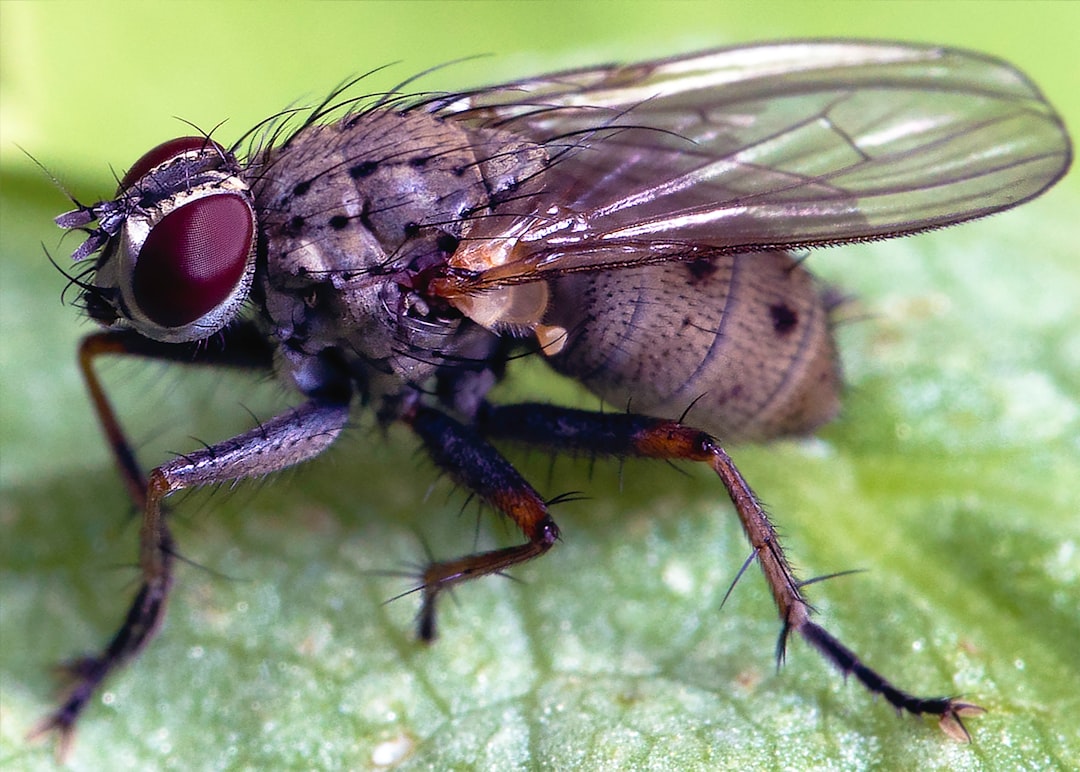What is it about?
Gut methanogens are microbes responsible for the production of methane during fermentation of feeds. In the rumen, methanogens are essential for the optimal functioning of the ecosystem and the animal. On the other hand, methane produced by ruminants contributes to global greenhouse gas emissions. Methanogens exhibited energetic differences depending whether they have or not a group of enzymes called cytochromes. In this study, we showed that energetic differences in methanogens are not due exclusively to the presence or absence of cytochromes.
Featured Image

Photo by Wolfgang Hasselmann on Unsplash
Why is it important?
Our findings contribute to improve the understanding of the dynamics of gut methanogens. This knowledge can be further capitalized in the construction of mathematical models to predict gut function and to develop practical applications for promoting gut health in mammals and mitigating ruminant methane emissions.
Perspectives
This work was an exciting and rich collaboration between colleagues covering microbiology, thermodynamics and mathematical modelling. It is a nice example of interdisciplinary science. We had to find first a common language to play as an orchestra.
Rafael Muñoz-Tamayo
INRAE
Read the Original
This page is a summary of: Hydrogenotrophic methanogens of the mammalian gut: Functionally similar, thermodynamically different—A modelling approach, PLoS ONE, December 2019, PLOS,
DOI: 10.1371/journal.pone.0226243.
You can read the full text:
Contributors
The following have contributed to this page










